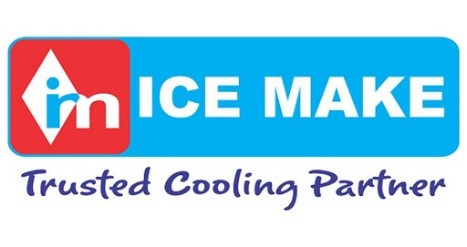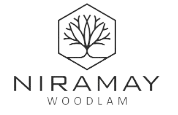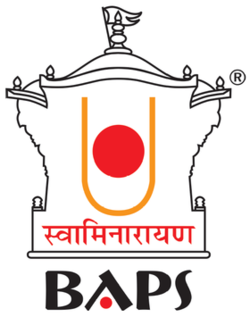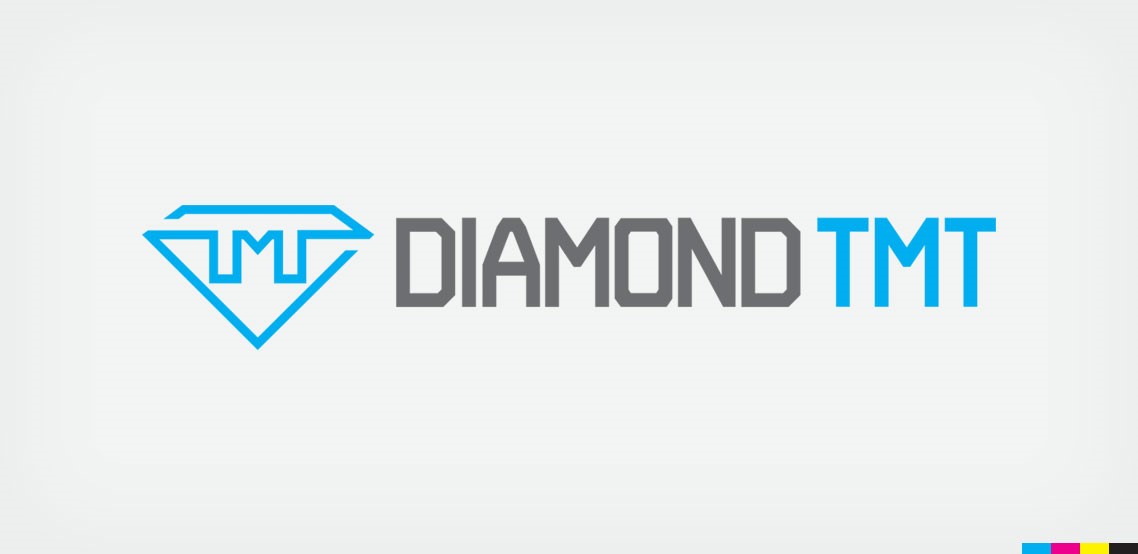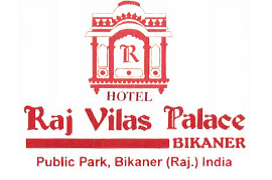Crocs Inc Usa v. Bata India Ltd & Ors
Facts of the case
Plaintiff alleged in its suits that two of its registered designs (Registered Design No.197685, and Registered Design No.197686) were infringed by the defendant. The suits alleged that features of Plaintiff’s design attached to its goods (i.e. footwear) had novel, new, original and unique shape, configuration, pattern, ornamentation and composition of lines (design). It was claimed that by virtue of registration obtained by Plaintiff, inter alia, acquired exclusive rights to use, apply, publish, expose and exploit (collectively referred as “use”) the designs in relation to its goods and business (covered by it) and to prevent any rival violative third party use thereof. Plaintiff claimed that it had obtained the exclusive copyrights in the said design registration within the meaning of Section 2(c) and 11 of the Designs Act, 2000 (hereafter “the Act”). It was also alleged that the design of the goods had become well-known with respect to their patterns and had become symbolic to its range of products in such a way that it has gained phenomenal prominence and exclusivity in relation to the products and business. Furthermore, it alleged that the public associates the products bearing that design solely with Plaintiff only. Ever since the designs were propounded in the years of its respective registration and after the date of the designs’ registration/application, Crocs had been using them in relation to its goods and business continuously, regularly and uninterruptedly in the course of trade and had built up a valuable trade, goodwill and reputation, both in India and overseas. Plaintiff also alleged that it was carrying on its business extensively in relation to those goods and business in more than 90 countries through its various affiliates, associates, subsidiaries, licensees, etc. and also through its websites, worldwide under the domain name www.crocs.com and in India under the domain name www.crocsindia.com.
The Plaintiff alleged that it had spent a tremendous amount of money, effort, skill, time; research and development in creating new and novel designs for its footwear and had been applying for design registrations for which it had been granted registration for many of its other designs. Having regard to these, including priority in adoption and use, creation of the said designs and high standards of manufacture and trade maintained by it and the inherent aesthetic form of the said designs, they had acquired enviable and enduring goodwill, reputation and use in the international markets including in India. It claimed that its goods and business are known, recognized, demanded, sold and traded the world over with reference to its designs. Members of the trade, industry, and the consumers at large are well aware of the plaintiff and Crocs Inc said design and the goods and business there under. The plaintiff s said design became distinctive, associated and acquired secondary significance with plaintiff and the goods and business. The purchasing public, trade and industry at large world over and in India identify and distinguish the plaintiff s said goods under the said design with the plaintiff and from its source and origin alone and regard them as a high- quality product exclusively as that of the Plaintiff in said respective goods bearing the respective design. Plaintiff as the proprietor of its designs as well as its goodwill and reputation has the exclusive right to use them and the right to prevent and interfere with any rival third party use thereof without its leave and license.
It was argued by the Defendants that if the passing off action is claimed of elements of the design as a trade mark, no passing off action lies. Since the plaintiff itself relied on use of its registered designs as a shape trade mark and no additional features qualifying as trade dress, which are not part of the registered design have been pleaded or pointed out, the passing off suit is not maintainable.
Issue
Whether a design can also function as a trademark?
Judgement
The court agreed with the Defendant that the plaintiff has not been able to show any extra features, besides the design, which is used as a trade mark. The Court interpreted the legislative intent of the Design Act which is to grant limited monopoly by design registration and after the term of registration, it should be open for anyone to use the said design.
The Court interpreted the legislative intent of the Design Act which is to grant limited monopoly by design registration and after the term of registration, it should be open for anyone to use the said design. The legislative intent will be defeated if the design after its term was allowed to be used as trademark. The court used the analogy of patents rights which is granted for a limited period and observed that the intention to give design protection for a limited time cannot be extended to protection in perpetuity by claiming trademark rights. Therefore, the court gave an opinion that not only the registered design cannot be a trade mark during the period of design registration but even thereafter. Accordingly, the court held that a registered design cannot constitute a trade mark; however if there are features other than those registered as a design and are shown to be used as a trade mark and with respect to which goodwill has been acquired, it is only those extra features which can be protected as a trade mark. If there has been a copy of registered design, only an action for infringement under the Designs Act would lie.










